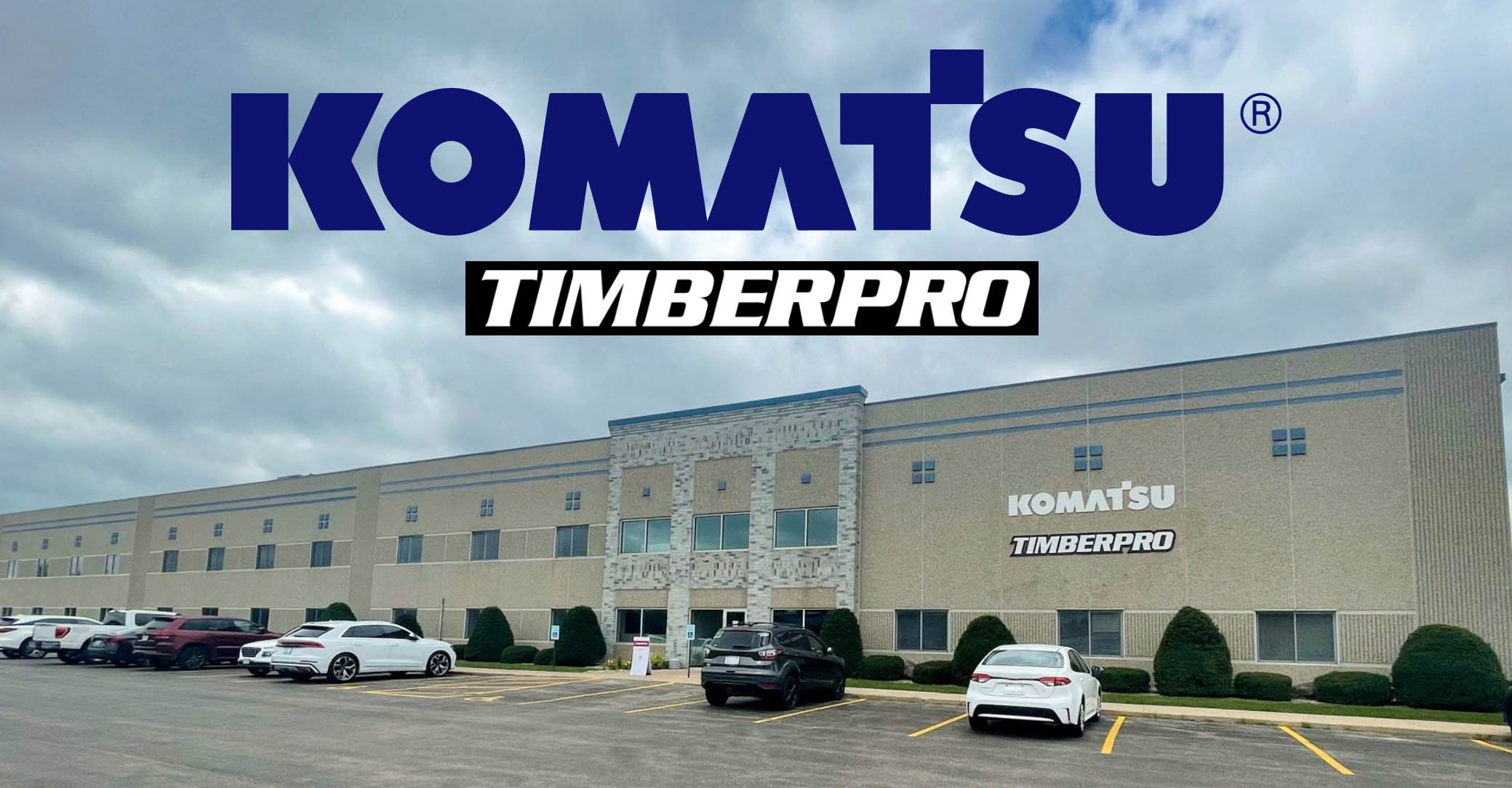There was a man who lived by the side of the road and sold hot dogs.
He was hard of hearing, so he had no radio.
He had trouble with his eyes, so he read no newspapers.
But he sold good hot dogs.
He put up signs on the highway telling how good they were.
He stood on the side of the road and cried, “Buy a hot dog, mister.”
And people bought.
So, he increased his meat and bun orders.
He bought a bigger stove to take care of his trade.
He finally got his son home from college to help him out.
Then something happened.
His son said, “Father, haven’t you been listening to the radio?
Haven’t you been reading the newspapers?
There’s a big depression.
The European situation is terrible.
The domestic situation is worse.”
Whereupon the father thought:
Well, my son’s been to college.
He read the papers and listened to the radio and ought to know.
So, the father cut back on his meat and bun orders, took down his advertising signs, and no longer bothered to stand out on the highway to promote his hot dogs.
His hot dog sales fell almost overnight.
“You are certainly right, son,” the father said to the boy, “we are certainly in the middle of a depression.”
It is all a mindset, but it can be a self-fulfilling prophecy. Scale back, less income, more contraction, less income, more contraction………………. It is an induced downward spiral.
The economy is cyclic, it always has been and always will be. Look at the Great Recession and the housing industry collapse of 2008. Even the stock market tanked. But we recovered from that. The economics of the timber industry will improve (if the doesn’t, then the entire economy is in bigger trouble, and it won’t matter), the only question is will you be weaker, like the hotdog vendor, and have to recover and play catch up, or will you maintain your strength and be positioned to take advantage of the recovery?
Furthermore, loggers are in far more control of the situation than they realize. You are the most important segment of the timber supply chain and you are indispensable, irreplaceable, and essential.
The timber and forest products industry is a lot like the human body. Each part is vital to survival and has a distinct function. The following analogy is an example of the vital function that the logging sector plays in the overall forest products industry:
One day the different parts of the body were having an argument to see which should be in charge.
The brain (foresters) said: ‘I do all the thinking, so I’m the most important, and I should be the boss’.
The eyes (landowner) said: ‘I see everything and let the rest of you know where we are, so I’m the most important, and I should be in charge’.
The hands (equipment vendors) said: ‘Without me, we wouldn’t be able to pick anything up or move anything. So, I’m the most important and should be in charge.
The stomach (mills) said: ‘I turn the food we eat into energy for the rest of you. Without me, we’d starve. So, I’m the most important and should be the boss.
The legs (truckers) said: ‘Without me, we wouldn’t be able to move anywhere. So, I’m the most important and should be in charge.
Then the rectum (loggers) spoke and insisted it should be in charge.
All the rest of the parts laughed and derided the very notion. The rectum wasn’t necessary. How could it possibly be in charge?
So, the rectum closed. After a few days, the legs were all wobbly, the stomach was queasy, the hands were shaky, the eyes were watery, and the brain couldn’t think straight. The other body parts soon agreed that they couldn’t take it anymore and that the rectum should be in charge.
This all goes to show that you don’t have to be the most important; you just need to show others that you do matter, and without you, the rest cannot exist or function. Although some people say the story’s moral is that it demonstrates that to be in charge, you just must be an ………
In conclusion:
Step back and gain a 30,000-foot perspective. See the forest, not just the trees.
Don’t create a self-fulfilling prophecy of decline. Position yourself to weather the economic storm but from a position of strength, not weakness. All storms pass. Having spent 15 years sailing the seven seas, I have encountered many storms, some life-threatening. When young sailors expressed concern, I would tell them, “Three days from now, we will have calm seas again,” and we did. Yesterday’s storms you faced have passed, last month’s storms are history, last year’s storm is a distant memory, and today’s storms will be too.
You are far more important than the brain, eyes, hands, stomach, and legs want you to believe. You might be taken for granted, not given rightful respect, neglected, and abused, but if you weren’t functioning, they wouldn’t be either. Don’t be afraid to speak up or stand up for yourselves.
WRITTEN BY: SCOTT DANE, ALC EXECUTIVE DIRECTOR


























